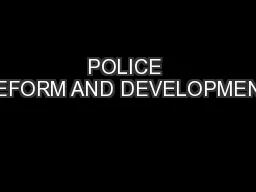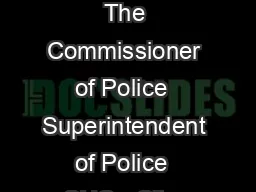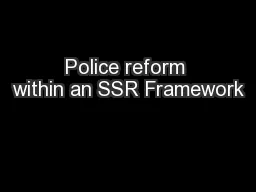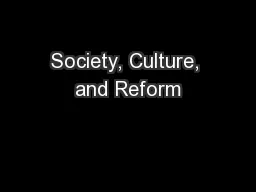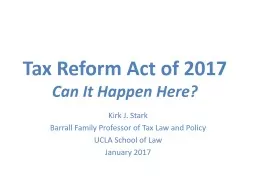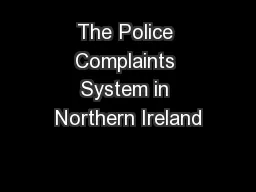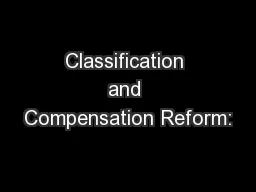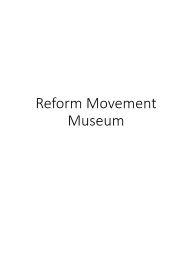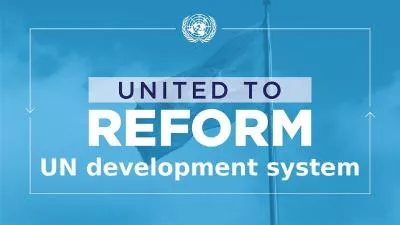PPT-POLICE REFORM AND DEVELOPMENT
Author : marina-yarberry | Published Date : 2016-06-14
The Northern Ireland Experience Tripoli Libya 24 25 September BROAD OBJECTIVES Brief review of Irish policing history Focus on Northern Ireland police reforms
Presentation Embed Code
Download Presentation
Download Presentation The PPT/PDF document "POLICE REFORM AND DEVELOPMENT" is the property of its rightful owner. Permission is granted to download and print the materials on this website for personal, non-commercial use only, and to display it on your personal computer provided you do not modify the materials and that you retain all copyright notices contained in the materials. By downloading content from our website, you accept the terms of this agreement.
POLICE REFORM AND DEVELOPMENT: Transcript
Download Rules Of Document
"POLICE REFORM AND DEVELOPMENT"The content belongs to its owner. You may download and print it for personal use, without modification, and keep all copyright notices. By downloading, you agree to these terms.
Related Documents

